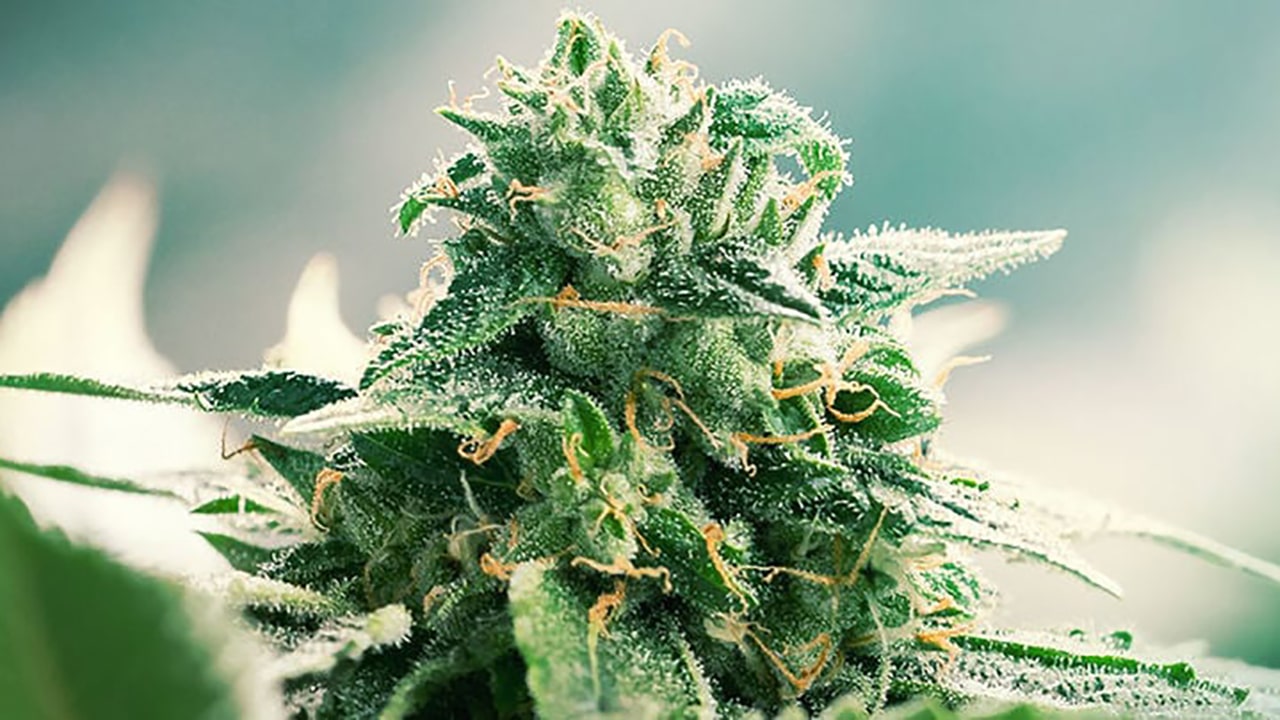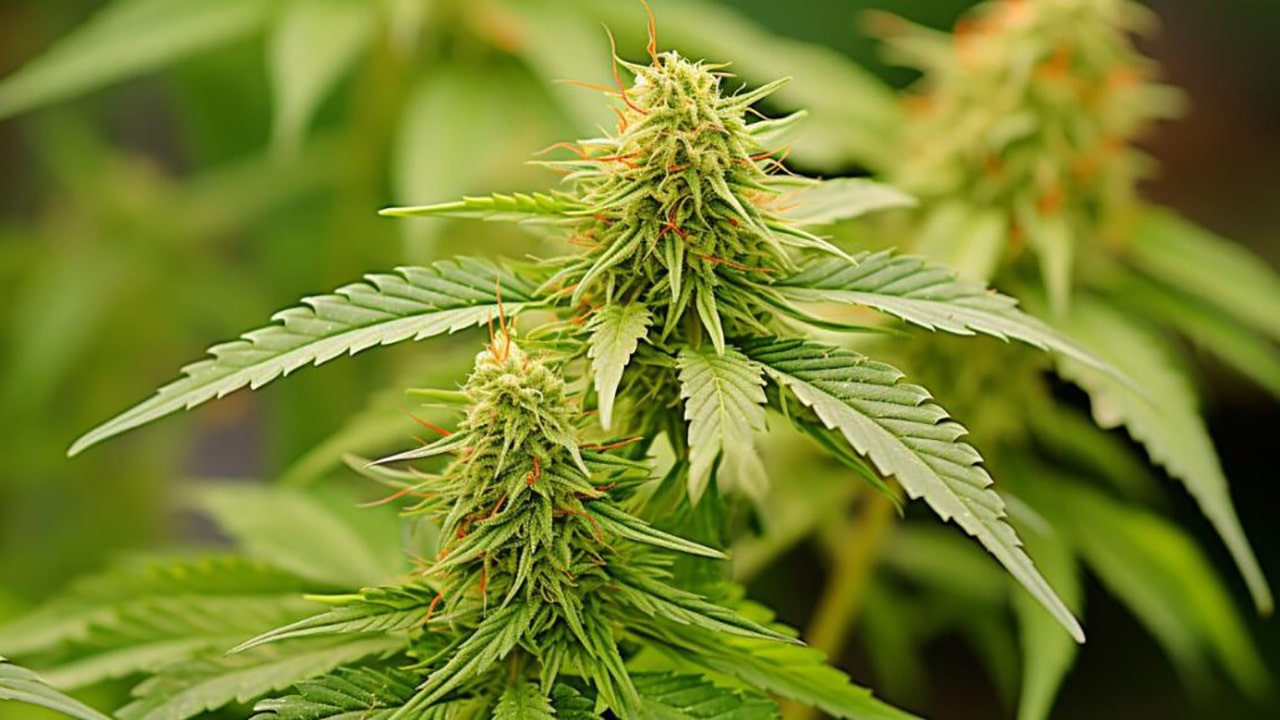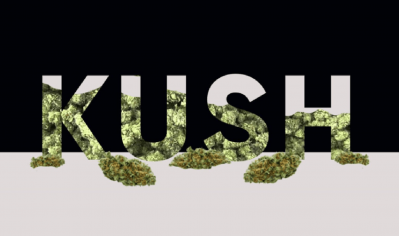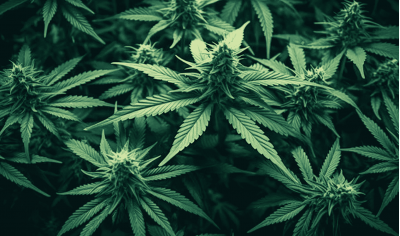Content
Haze's genetics originated in the late 1960s and early 1970s in the coastal areas of California, USA. During this period, cannabis culture was in its heyday, and local growers were actively experimenting with a variety of cannabis varieties imported from around the world.
Origin and development
The founders of Haze genetics are considered to be two growers who are known by the pseudonyms “Haze Brothers”. They started crossbreeding different sativa varieties such as Colombian Gold, Mexican Sativa, Thai Sativa and South Indian Sativa. These varieties were known for their high psychoactive properties and long flowering period.
The main goal of the Haze brothers' experiments was to create a variety with a unique combination of flavor, aroma and effect that would surpass all previously existing varieties. As a result of many years of breeding and selection, Haze was born - a variety with a distinctive, subtle flavor that was dominated by notes of citrus, spice and wood. The effect of Haze was also different from other varieties: it was pronounced and long-lasting, evoking a sense of energy and euphoria typical of pure sativas.
One of the key factors in Haze's success was its long flowering period, which could take anywhere from 10 to 16 weeks. This posed some challenges for growers, especially in temperate climates, but it also gave the variety unique properties not available to other cultivars. Despite the long flowering time, Haze was able to quickly gain popularity amongst true cannabis connoisseurs for its unique flavor and effects.
Haze was able to make a huge impact on the development of cannabis culture in the 1970s and 1980s. This variety was the basis for many subsequent hybrids, which were used to create both sativa and indica-dominant varieties. An important aspect of the development of Haze genetics was its spread beyond California, especially to Europe, where it found its second wind. Breeders in the Netherlands and other European countries began to work actively with Haze, adapting it to local conditions and creating new, more resistant and productive versions of the variety. It was in Europe that Haze became widely recognized and became one of the most popular and respected cannabis strains, influencing a whole generation of growers.

Popular Haze varieties
The Errors Seeds website features some of the most popular varieties of Haze genetics, which are highly regarded for their unique effects and flavors. Among them, the following varieties deserve special attention:
California Haze Feminsed Silver
Auto Amnesia Haze Feminised Silver
Auto Lime Haze Feminised Silver
Auto Skunk Haze Feminised Silver
Auto White Haze Feminised Silver
Strawberry Haze Feminised Gold
Auto Super Lime Haze Feminised Gold
They are perfect for both experienced growers and those just starting out in the cannabis world, due to their stability and ease of maintenance.
Influence of Haze genetics on modern varieties
Originally developed as a pure sativa with a long flowering period, Haze genetics have over time become the basis for the development of numerous modern cannabis varieties, including autoflowering and feminized versions. These new varieties of Haze allow growers to get all the benefits of the original strain, but with enhanced features that make the grow process easier and more convenient.
Autoflowering varieties
One of the most important steps in the development of Haze was the creation of autoflowering varieties based on it. These cannabis varieties are unique in that they enter the flowering phase automatically after a certain amount of time, regardless of light conditions. This quality has been achieved through the addition of ruderalis genetics, a wild subspecies of cannabis that grows in harsh climates and has a natural ability to autoflower.
The introduction of ruderalis genetics into Haze has allowed the creation of strains that retain the psychoactive and aromatic properties of the original Haze, but have a shorter life cycle. Autoflowering versions of Haze are typically ready to harvest 8-10 weeks after planting, which greatly speeds up the grooving process compared to traditional sativas, which can take up to 16 weeks to flower. These varieties are also smaller in size, making them ideal for use in enclosed spaces such as growboxes and outdoor areas with limited space.
Feminised varieties Haze
Another important development in Haze genetics has been the creation of feminized varieties. Feminized cannabis seeds are guaranteed to produce only female plants, which produce flowers containing the highest amounts of THC and other cannabinoids. This eliminates the risk of male plants that can pollinate female plants and produce seeds, reducing the quality and quantity of the crop.
Haze feminized varieties have been a real breakthrough for growers, especially those working in limited conditions where it is important to maximize the productivity of each plant. These varieties retain the unique effect and flavor of the original Haze, but ensure predictable and consistent yields. For growers, this means less time and effort spent identifying and removing male plants.
Preservation of sativa properties
Despite all the changes and improvements, the autoflowering and feminized versions of Haze retain the key characteristics of the original variety - a strong sativa effect and unique fragrance. This makes them attractive to both experienced growers and beginners who want to experience all the benefits of Haze genetics without the hassle of a long flowering period and care.
Autoflowering and feminized Haze varieties preserve and enhance the heritage of this legendary variety, making it accessible and easy to grove in a wide variety of conditions. They continue to inspire growers and breeders to create new hybrids that combine the best features of sativa and indica, but always with a unique Haze imprint.

WARNING! Errors Seeds does not encourage or encourage you to grow cannabis. Cultivation is prohibited by the legislation of Ukraine. The article is only of scientific and educational interest.








Write a comment